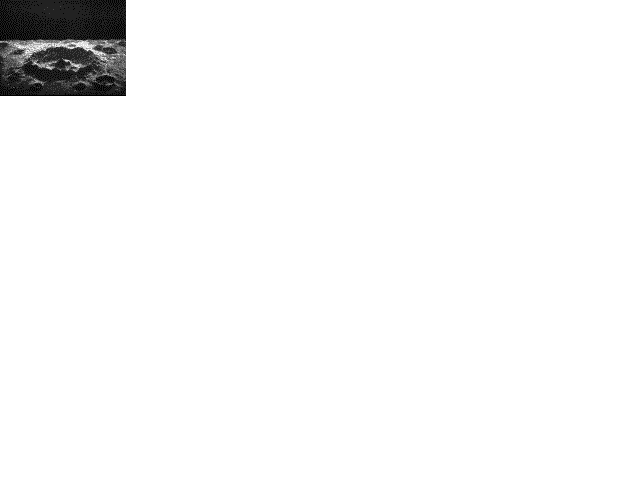My ambition expanded. I now resolved to construct a reflecting telescope of considerably greater power than that which I possessed. I made one of twenty inches diameter, and mounted it on a very simple plan, thus removing many of the inconveniences and even personal risks that attend the use of such instruments. (For illustration of the plan of mounting a large telescope, see p. 338) It had been necessary to mount steps or ladders to get at the eyepiece, especially when the objects to be observed were at a high elevation above the horizon. I now prepared to do some special work with this instrument. In 1842 I began my systematic researches upon the Moon. I carefully and minutely scrutinised the marvellous details of its surface, a pursuit which I continued for many years, and still continue with ardour until this day. My method was as follows:-
I availed myself of every favourable opportunity for carrying on the investigation. I made careful drawings with black and white chalk on large sheets of grey-tinted paper, of such selected portions of the Moon as embodied the most characteristic and instructive features of her wonderful surface. I was thus enabled to graphically represent the details with due fidelity as to form, as well as with regard to the striking effect of the original in its masses of light and shade. I thus educated my eye for the special object by systematic and careful observation, and at the same time practised my hand in no less careful delineation of all that was so distinctly presented to me by the telescope -- at the side of which my sheet of paper was handily fixed. I became in a manner familiar with the vast variety of those distinct manifestations of volcanic action, which at some inconceivably remote period had produced these wonderful features and details of the moon's surface. So far as could be observed, there was an entire absence of any agency of change, so that their formation must have remained absolutely intact since the original cosmical heat of the moon had passed rapidly into space. The surface, with all its wondrous details, presents the same aspect as it did probably millions of ages ago.
This consideration vastly enhances the deep interest with which we look upon the moon and its volcanic details. It is totally without an atmosphere, or of a vapour envelope, such as the earth possesses, and which must have contributed to the conservation of the cosmical heat of the latter orb. The moon is of relatively small mass, and is consequently inferior in heat-retaining power. It must thus have parted with its original stock of cosmical heat with such rapidity as to bring about the final termination of those surface changes which give it so peculiar an aspect. In the case of the earth the internal heat still continues in operation, though in a vastly reduced degree of activity. Again in the case of the moon, the total absence of water as well as atmosphere has removed from it all those denudative activities which, in the earth, have acted so powerfully in effecting changes of its surfaces as well as in the distribution of its materials. Hence the appearance of the wonderful details of the moon's surface presents us with objects of inconceivably remote antiquity.
 General structure of Lunar craters.
General structure of Lunar craters.
Another striking characteristic of the moon's surface is the enormous magnitude of its volcanic crater formations. In comparison with these, the greatest on the surface of the earth are reduced to insignificance. Paradoxical as the statement may at first appear, the magnitude of the remains of the primitive volcanic energy in the moon is simply due to the smallness of its mass. Being only about one-eightieth part of the bulk of the earth, the force of gravity on the moon's surface is only about one-sixth. And as eruptive force is quite independent, as a force, of the law of gravitation, and as it acted with its full energy on matter, which in the moon is little heavier than cork, it was dispersed in divergent flight from the vent of the volcanoes, free from any atmospheric resistance, and thus secured an enormously wider dispersion of the ejected scoriae. Hence the building up of those enormous ring-formed craters which are seen in such vast numbers on the moon's surface -- some of them being no less than a hundred miles in diameter, with which those of Etna and Vesuvius are the merest molehills in comparison.
I may mention, in passing, that the frequency of a central cone within these ring-shaped lunar craters supplies us with one of the most distinct and unquestionable evidences of the true nature and mode of the formation of volcanoes.
| Previous chapter/page | Back | Home | Email this | Search | Discuss | Bookmark | Next chapter/page |